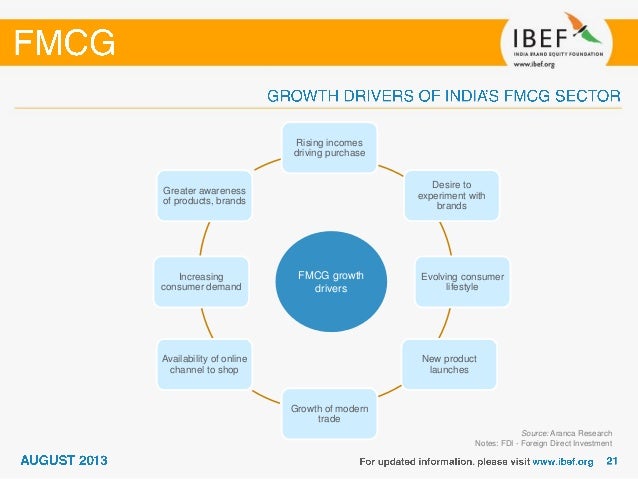Growth Drivers Of Fmcg Industry
Keogh, President and Principal Advisor, – Toronto and Ho Chi Minh City, delivering the keynote address at the workshop, said that with technological innovation happening at lightning speed, food and FMCG companies will need to urgently look at when, how and why they incorporate blockchain, artificial intelligence (AI), big data analytics and the Internet of Things (IoT), if they are to remain relevant. “Many organisations have trapped sources of value in hidden data silos. Often referred to as ‘dark data’, when exposed through data analytics, it can provide previously unknown and unexplored business insights. This smart data approach, coupled with technological innovation, is really the new normal for the food industry. It’s not ‘business as usual’, as disruptions driven by big data analytics, AI and automation will drive rapid industry change,” he said. In the sessions that followed, several speakers presented industry perspectives on big data. Using a real-life case study of shrimp farming, Mr Loo Soo Kiat, Director – Data & Analytics (Deals Advisory) at PricewaterhouseCoopers , explained how companies can use technology and innovation in data analytics to improve aspects of the food value chain.

Fmcg Industry China
Explaining how Thomson Reuters leverages data science to drive innovation, Ms Sanjna Parasrampuria, Head of, Asia Region, described how the company collects petabytes (a petabyte is a multiple of the unit byte for digital information. It is presented as 1015 in the International System of Units (SI)). Ms Parasrampuria then set out to simplify and demystify the very term “big data”. Dr Ankur Purwar, Group Scientist, Procter & Gamble (P&G), presented, a web-based skin analyst and advisor tool that uses AI to provide female consumers with personalised attention and recommendations for the products perfectly suited for their respective skin types.
According to an Aberdeen Group survey, the top five pressures driving the FMCG companies are: Pure innovation. Demand for new product type is the most common idea of innovation. Consumers want totally new products. This is means not only new packaging, nor changes in existing formulas but new ideas and new concepts.
Dr Purwar mentioned how the image analysis tool brings technology and research, which had previously only taken place in the laboratory, to life for consumers. What is cracked wheat. This was followed by a lively panel discussion with Mr Keogh, Mr Loo, and representatives from, and A.STAR, sharing their views on the current state, impact and opportunities for the application of data analytics in the food and FMCG industry. For the second half of the day-long workshop, several public research perspectives on the use of data science and data analytics were presented. The first speaker was Dr Sebastian Maurer-Stroh, Senior Principal Investigator, Programme Director Human Infectious Diseases, Bioinformatics Institute (BII), A.STAR, who highlighted novel computational approaches for assessing the allergenic potential of proteins for the food industry. Dr Mauer-Stroh demonstrated how testing for the allergenic potential of proteins using a novel computational workflow early in the food production and product development processes can lead to reduced costs and risks for food companies.
Growth Drivers Of Fmcg Industry 2016

Fmcg Industry In India 2018
Dr Su Le, Research Scientist, Institute for Infocomm Research (I2R), A.STAR, presented on “Blockchain: The disruptive technology beyond crypto currency”; Dr Fu Xiuju, Senior Scientist, Computing Science Department, Institute of High Performance Computing (IHPC), A.STAR, spoke about “Big Data-driven analytics and supply chain management (SCM) in the connected world”; and Dr Prasanta Bhattacharya, Scientist, Social and Cognitive Computing Department, IHPC, A.STAR, shared about “Social intelligence – fine-grained sentiment and emotion analytics”. The audience was introduced to a new model factory of the A.STAR Advanced Remanufacturing and Technology Centre by Dr Bertil Brandin, Strategic Development Director, ARTC, A.STAR. Dr Brandin highlighted that the FMCG industry is increasingly focused on advanced manufacturing solutions, in which big and smart data are playing important roles. Concluding the workshop was a panel discussion on the current state of research and development (R&D) in data science and analytics, and the new opportunities for application and deployment in the FMCG sector. Panellists also touched on opportunities for public-private R&D collaboration. The panel was moderated by Mr Steven Bartholomeusz, FIA’s Policy Director, and featured panellists from A.STAR, P&G and Thomson Reuters.